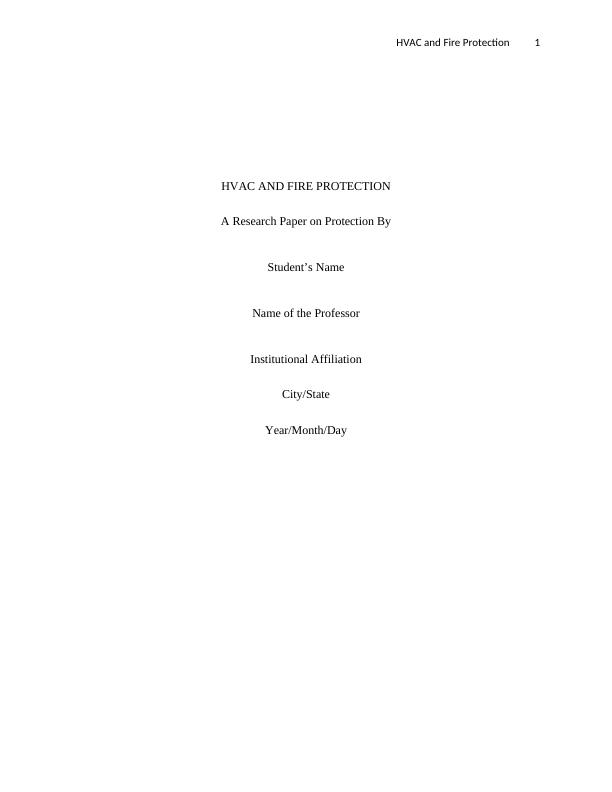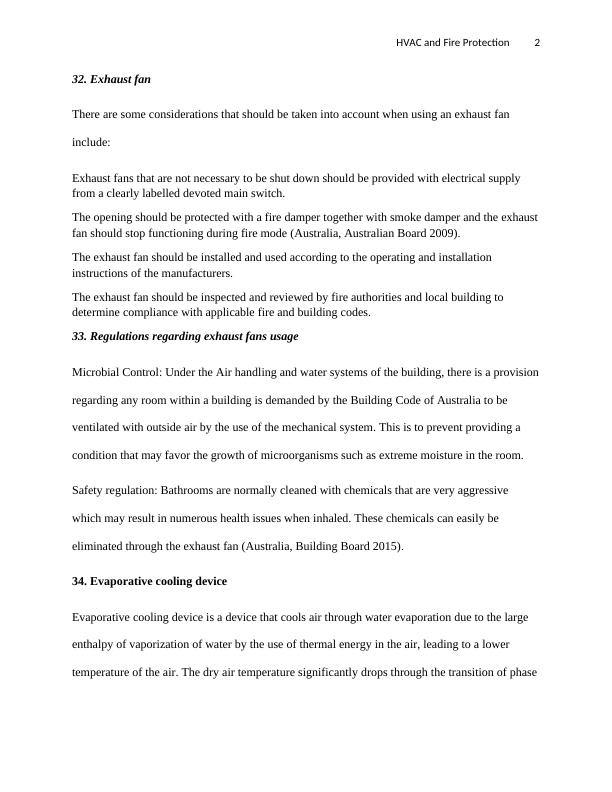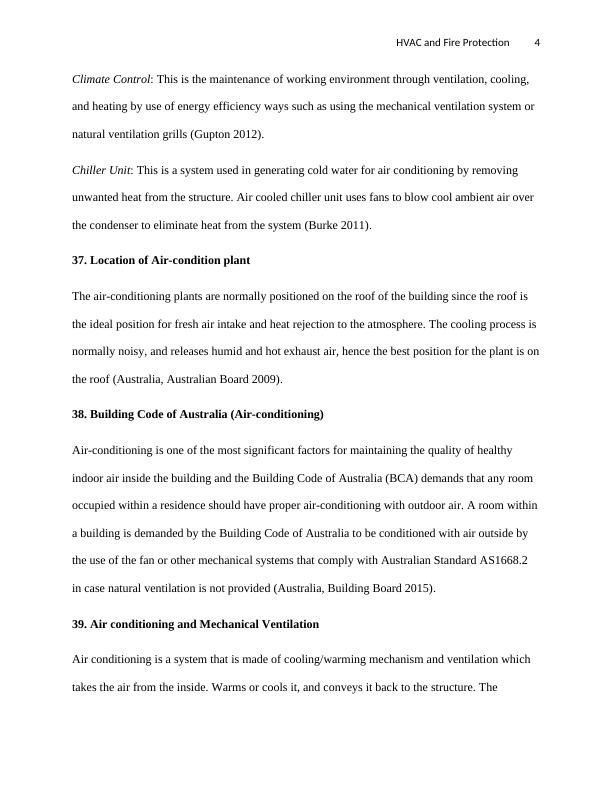HVAC and Fire Protection in Building Safety
This assessment task requires students to identify services layout and connection methods to medium rise construction projects, focusing on mechanical ventilation, air distribution, and fire protection standards.
11 Pages2840 Words312 Views
Added on 2023-06-11
About This Document
This research paper discusses the importance of HVAC and fire protection systems in ensuring building safety. It covers topics such as exhaust fans, evaporative cooling devices, pressurization, mechanical ventilation, location requirements, sprinkler systems, and types of fire detectors and alarm systems.
HVAC and Fire Protection in Building Safety
This assessment task requires students to identify services layout and connection methods to medium rise construction projects, focusing on mechanical ventilation, air distribution, and fire protection standards.
Added on 2023-06-11
ShareRelated Documents
End of preview
Want to access all the pages? Upload your documents or become a member.
Case Study on Building Services Church Hall
|11
|3690
|74




